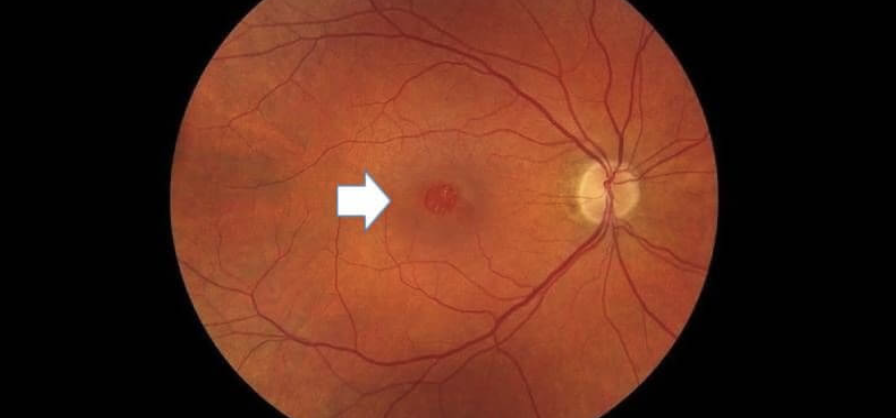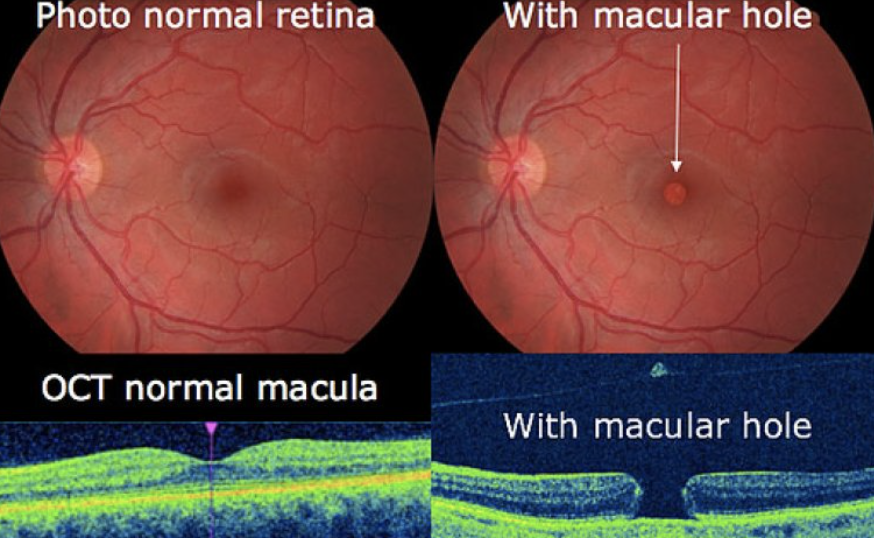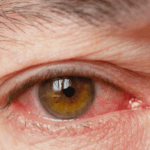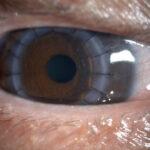Macular hole occurs when there is a tear or hole that develops in the central part of your vision known as the macula. Macula is the small area of the retina where light is sharply focused which allows you to see colour and detailed vision. The common symptoms of a macular hole are distortion of vision (straight lines appear wavy), blurred vision or a dark spot in your central vision. You may not notice these symptoms with both eyes open. You should close one eye (better eye) and then you will notice straight lines appearing wavy and also a dark spot in the center of your vision. It is important to schedule an appointment with an Ophthalmologist as soon as possible if any of these symptoms occur. A special imaging test known as optical coherence tomography (OCT) which gives a cross sectional view of the retina will be performed by your eye doctor to diagnose the macular hole.

Age is the most common cause for macular hole. As you get older, the vitreous starts to shrink and pull away from the retina. Usually the vitreous pulls away without causing any problems. Sometimes, the vitreous can stick to the retina and this causes the macula to stretch and a hole to form.

Treatment for macular hole
The treatment for a macula hole is by a surgery known as vitrectomy. Vitrectomy surgery is done by making three incisions into the sclera. The first incision is to make a hole for the infusion cannula where fluid is injected into the eye to keep the eyeball in shape. The second incision is for the light pipe to allow surgeons to see inside the eye. The last incision is for the vitrectomy cutter where it functions to remove and suck out the vitreous jelly from the eye. Vitrectomy is done by removing the vitreous jelly inside the eye that is pulling on your macula and filling the eye with a gas bubble. The bubble helps to flatten the macula hole and hold it in place until the eye heals. You should not fly or go uphill with a gas bubble in the eye until the gas dissipates on its own and is replaced by natural eye fluids. You will need to maintain a face-down position for several days to keep the gas bubble in place and help close the hole.
The complications of vitrectomy surgery are rare. Some complications include infections, bleeding, retinal detachment or recurrence of a macula hole. These complications can be easily treated. This operation is successful about 90-95% to close the hole. However, as the retina is a nerve tissue, it can take quite a few months to heal completely. People who have had a macular hole in one eye have about 10-15 percent chance of developing a macular hole in another eye over a lifetime. If you have symptoms such as blurred or distorted vision, do consult your eye care professional immediately. A relatively early treatment may give a better outcome in terms of improvement in your vision.






